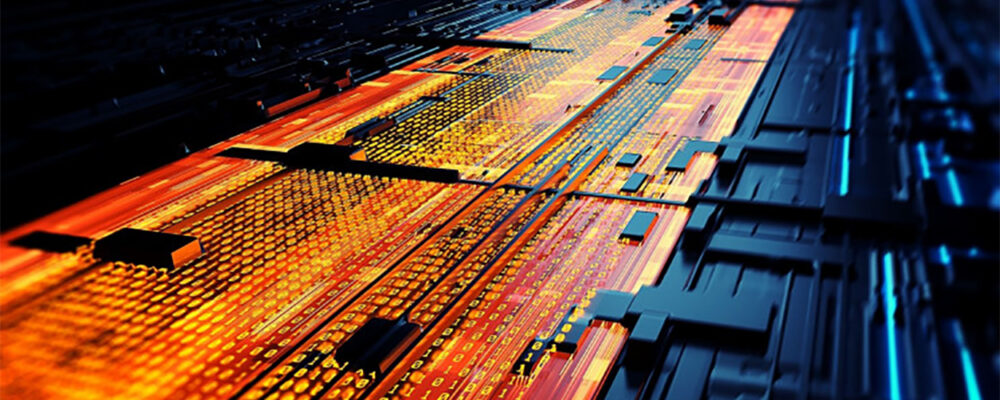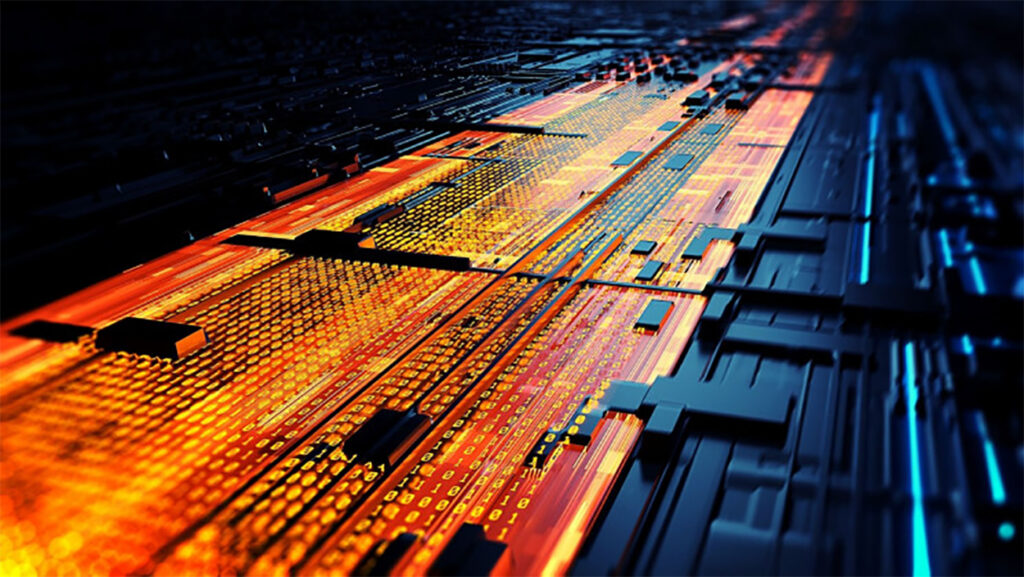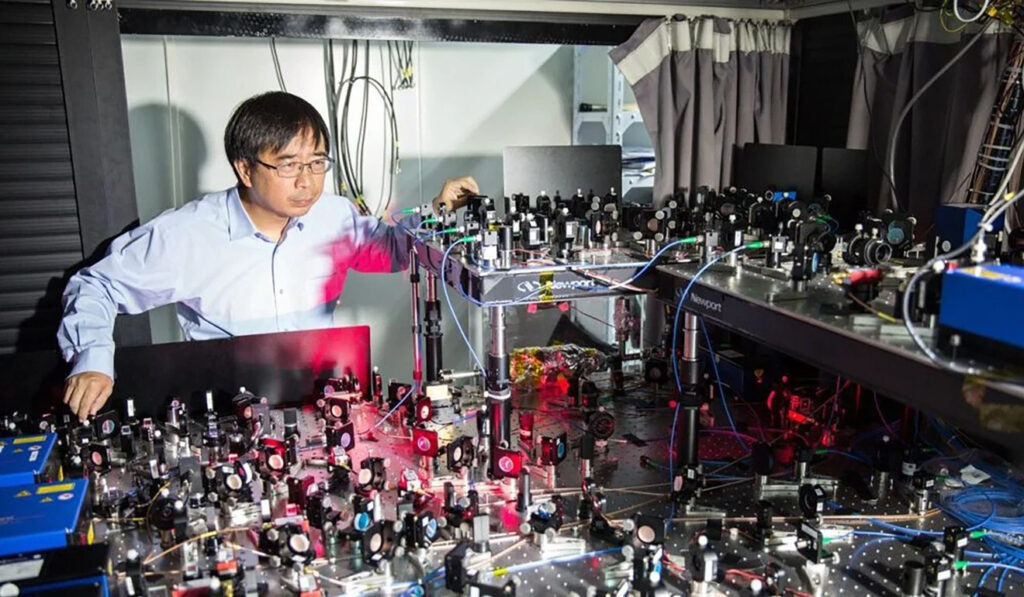China Claims Its New Quantum Computer is 10M Times Faster Than Sycamore


The United States and China are constantly engaged in rivalry in a lot of aspects. The latest rivalry in the building of quantum computers. Recently, China announced that it had created a new quantum computer.
According to Chinese physicists, they have developed two quantum computers. One is Jiuzhang 2, which can calculate a task in one millisecond. The speed is impressive, as the task it was given can take 30 trillion years for the fastest conventional computer to process.
The other supercomputer is Zuchongzhi 2.1, which is an improved version of an earlier supercomputer. According to news releases, the supercomputer is 10 million times faster than the fastest supercomputer available today. In addition, its calculation complexity is over one million times higher than Sycamore, Google’s processor.
Quantum advantage
In technical jargon, a quantum advantage is a scientific concept wherein a quantum computer can perform things in some fields that are beyond the capability of a classic or non-quantum computer.
For China’s quantum computers recently revealed, the research team led by Pan Jianwei, a renowned Chinese quantum physicist, designed the Zuchongzhi 2.1, a 66-qubit programmable superconducting quantum computing system. Google’s Sycamore is only 55-qubit. Currently, it makes the Chinese supercomputer the world’s fastest. Accordingly, this is the first time in two years that a Chinese machine beats the machine of Google.
The team of Pan Jianwei also built Jiuzhang 2.0, a prototype of a light-based quantum computer. The supercomputer has 113 detected photons, which gives the computer the capability to implement large-scale Gaussian boson sampling that is one septillion times faster than the current fastest supercomputer in the world.

Capabilities
Based on reports, the supercomputer Zuchongzhi 2.1 is 10 million times faster than the currently existing supercomputer. In addition, Zuchongzhi 2.1’s calculation complexity is said to be one million times faster than the Sycamore processor. This is the first time that China has reached a quantum advantage.
On the other hand, the previously detected photons in Jiuzhang 2.0 was only 76 when it initially came out, but it increased to 113. According to the research team, it was a major technical breakthrough. But, unfortunately, with each detected photon, the difficulty exponentially increases.
The Jiuzhang 2 is a quantum computer that runs on light. Right now, it has fewer applications. However, it can run at speeds of 100 sextillion times faster than any of today’s most extensive conventional computers.
While these two supercomputers, Zuchongzhi 2.1 and Jiuzhang 2, already exist, they will take many more years before they become available in the market. This is because they can only perform in immaculately clean environments. For example, the circuits of Zuchongzhi 2.1 need to be within extremely low temperatures to perform a complex task (random walk). This task is modeled on the movements of chess pieces across a chessboard. The applications can vary from this arbitrary task—from calculating air flows in hypersonic flight at Mach 5, the formation of new materials, gene mutations, or predicting stock prices.
Theoretically, Zuchongzhi 2.1 can simultaneously calculate random walks on 66 chess boards.
Right now, the Chinese-made supercomputers are only available for hyper-specific computing tasks, and they can still make plenty of errors. Professor Pan, who is the research team leader, says that they will work on quantum error correction for the next four or five years. Prof. Pan is from the University of Science and Technology of China, which is located in Hefei. The professor added that they could explore using some dedicated quantum simulators or quantum computers to solve several vital scientific questions with practical value.
China often exaggerates their claims. However, the two quantum computers received a review from Professor Barry C. Sanders, a University of Calgary’s Institute for Quantum Science and Technology. His comments were published by the Physical Review Letter. He said that the performance of the two quantum computers suggests the end to the debate on quantum primacy versus classical computers.